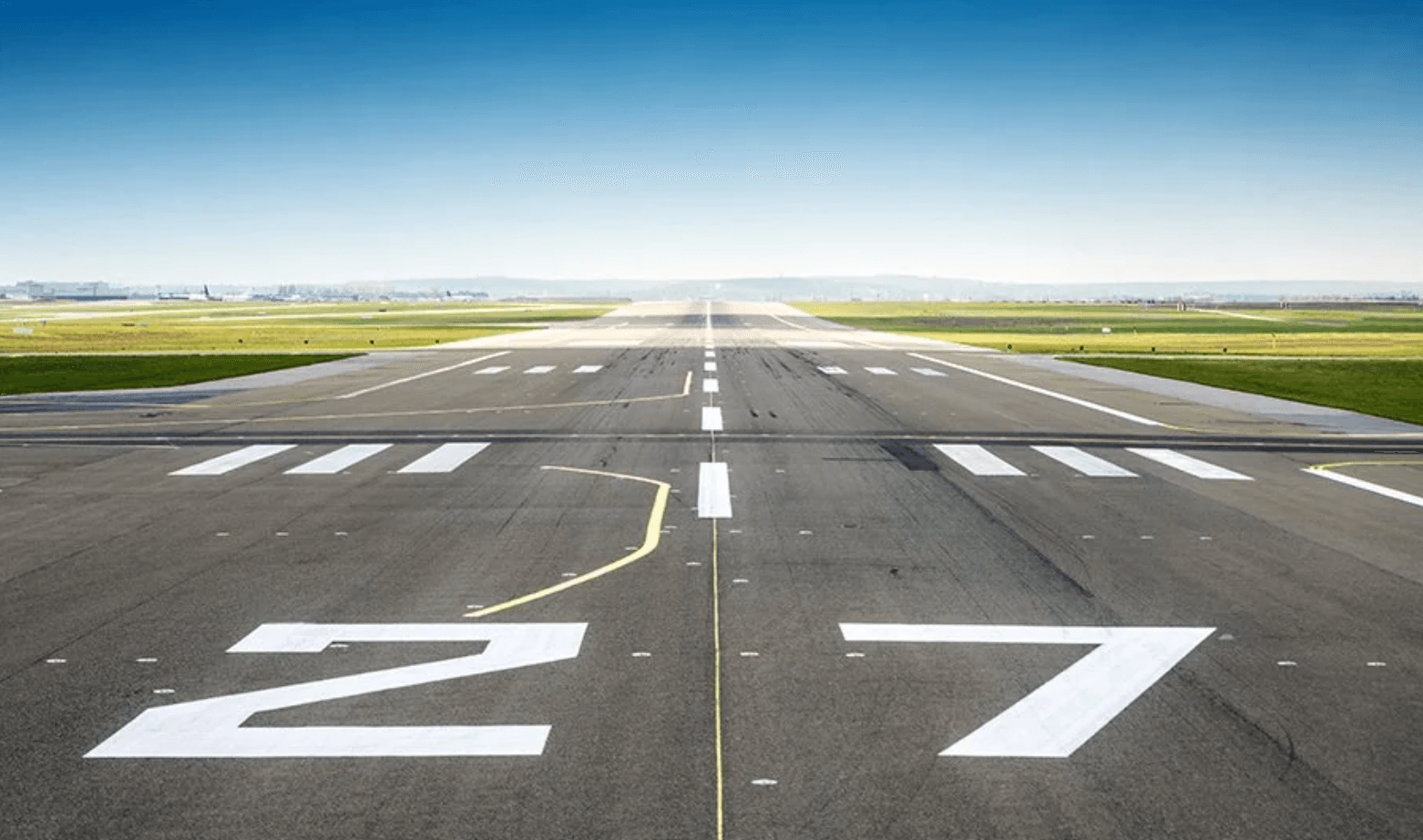
If you've ever looked out the window while landing at an airport or glanced at an airport diagram, you may have noticed big white numbers painted at the ends of runways. These aren't random; they serve a crucial purpose in aviation. Runway numbers help pilots navigate safely and efficiently, ensuring smooth takeoffs and landings. But what do these numbers mean, and how are they assigned? Let's explore.
Runway numbers are based on their magnetic azimuth (compass direction) rounded to the nearest 10 degrees. The compass is divided into 360 degrees, with North at 0° (or 360°), East at 90°, South at 180°, and West at 270°.
For example, if a runway is aligned with a heading of 275°, it will be rounded to 270° and labeled as Runway 27. Conversely, since runways are bidirectional, the opposite end would have a difference of 180°, making it Runway 09 (90°).
Since aircraft use magnetic compasses for navigation, runways are numbered based on their magnetic direction rather than true geographic north. However, due to gradual shifts in Earth's magnetic field, runways occasionally need renumbering to reflect the updated magnetic azimuth.
Busy airports with multiple runways in the same direction distinguish them using letters L, C, and R:
L (Left) – Leftmost runway
C (Center) – Middle runway (if applicable)
R (Right) – Rightmost runway
For example, Los Angeles International Airport (LAX) has two parallel runways labeled 24L/24R and 25L/25R, depending on their orientation.
In cases where an airport has more than three parallel runways, some numbers may be adjusted by one to create differentiation. For instance, at Dallas/Fort Worth International Airport (DFW), runways 17L/17C/17R have counterparts labeled 18L/18R to avoid confusion.
Shorter Runway Numbers: Some airports with crossing runways may use shorter numbers, such as Runway 5 instead of Runway 05 (common in the U.S.).
Renumbering Due to Magnetic Drift: Runways may be renumbered over time. For example, in 2017, Las Vegas McCarran Airport changed Runway 7L/25R to 8L/26R due to shifts in magnetic declination.
Crosswind Runways: Some airports have diagonal runways to accommodate different wind conditions. These are numbered according to the same azimuth-based system.
Runway numbers provide essential guidance to pilots, helping them align correctly during takeoff and landing. Since wind conditions significantly impact aviation, pilots typically land into the wind for better control. The runway number helps confirm the best direction for takeoff or landing, considering prevailing winds.
Next time you're at an airport, take a closer look at the runways—you'll know exactly what those numbers mean and why they matter in the world of aviation!
Back to Articles